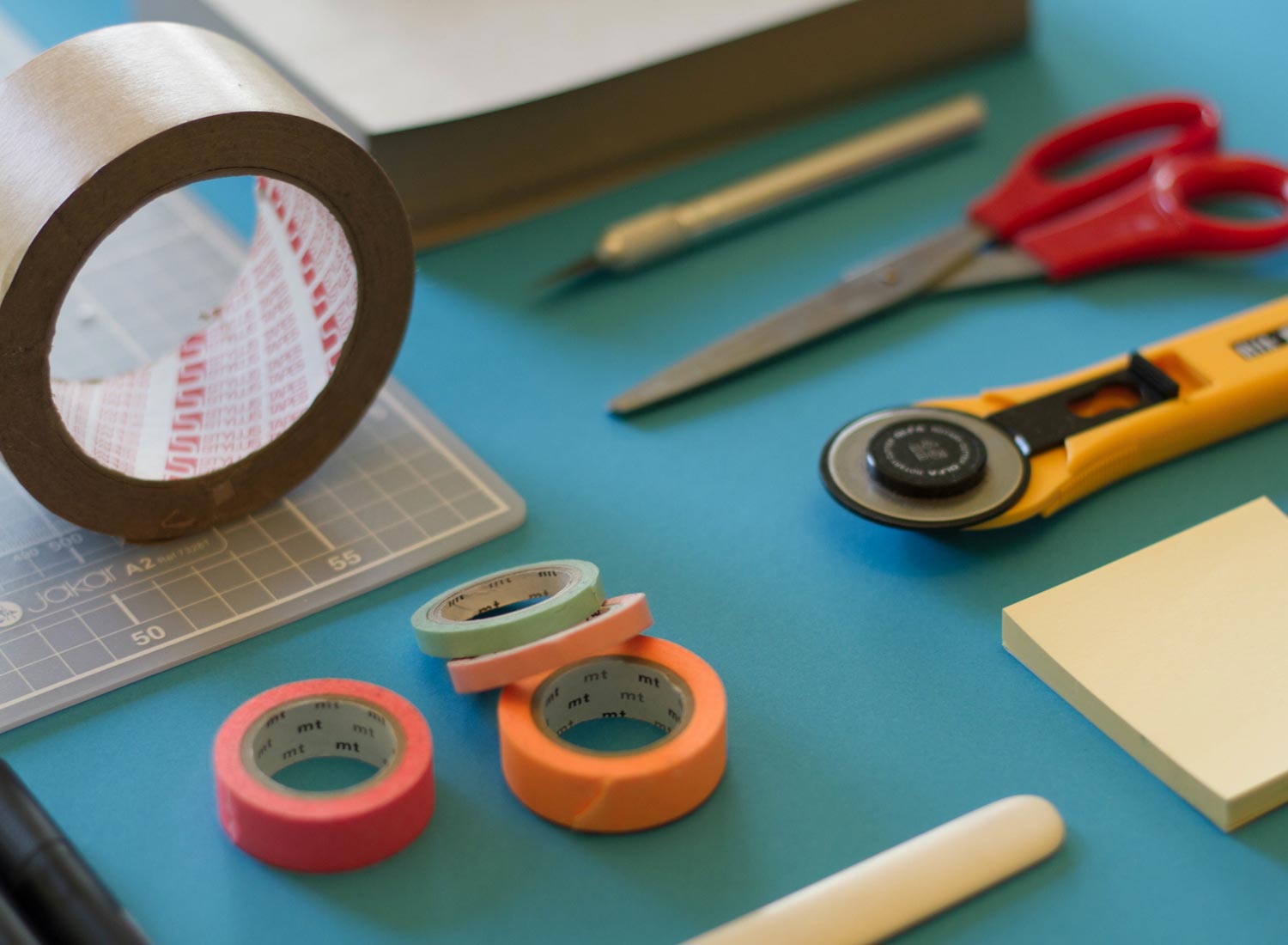Making a mailshot from concept to final artwork takes time. To ensure the process goes smoothly, break down the jobs into stages. The style of photography, the weight of the paper, the words on the page, the colour of the envelope – all these elements have the power to persuade or put off your potential customers. Allow time to edit and refine the words and images to make sure you get it right.
Unless you have strong design skills in-house, it’s a good idea to find a design professional to help lay out the mailshot. A freelance designer will be the cheapest route, or you can approach a local design agency. Alternatively, you could ask your printer to handle the design as well as the printing. Whoever you choose, make sure you see lots of examples of their work to ensure they offer the best service.
Incentives such as prizes, offers or discounts will also help to increase response levels and money-off coupons and samples can be very attractive incentives.
Envelope
This carries your package to the recipient and bears the mailing label. There’s no reason not to use the envelope to get the sales process started early. Use the outside of the envelope to carry an enticement to the prospect to open it:
“A new development in equipment rental reduces costs for your company.”
“Important information for your financial future.”
“Time-sensitive material enclosed.”
“Spending too much on bank charges? Look inside.”
Letter
All the thinking that’s been done about the basic sales letter can be boiled down to just a few key principles:
Write person-to-person. That means it’s an “I” writing to a “you.” A sales letter is a one-on-one selling opportunity. The prospect has opened your envelope, which has appeared in the mailbox. For a few moments (and not much longer), you have his or her attention. Write as if you were explaining the benefits of your product to a friend. Use short sentences. Avoid formal language. Don’t be afraid of contractions like “don’t,” “isn’t” and “it’s”: This is the way we talk, and this is the way your letter should sound. You’re not writing as a company; you’re writing as a person.
Make your first paragraph your best. People are busy, and no matter how wonderfully crafted your letter is, you can’t count on your prospect finishing it. So put your killer benefits to that prospect right in the first paragraph or two. Many sales letter experts suggest you also convey the problem to which your product is the solution. This highlights the benefit and emphasizes the importance of your product or service.
Use boxes, subheads, bullets and bold type. Don’t make your sales letter look like an encyclopedia article. Break up any large chunks of copy with headings and indents. Your reader will scan the letter quickly in the first few seconds to decide whether it’s worth reading. You want the message to get across even with a cursory review.
Keep your letter short. One page is best if you’re including other material. You should never go over two pages.
Flier / Reply Form
You frequently support your direct-mail letter with a flier, a small brochure that provides additional information on the product or service you’re offering. While the letter has to condense the benefits of the product, the flier gives you the opportunity to expand on them a bit. Here is where you can use photography, charts and graphs to make your case. Testimonials always work well in fliers to help convince the prospect of the truth of your claims. Stay focused on benefits.
Don’t make the flier depend on the direct-mail letter. It should be able to stand on its own in telling your complete product or service story. You’ll undoubtedly have other uses for this flier than a particular direct-mail effort: as an invoice stuffer, as an item in a display rack and so on.
Reply cards can simply be inserted in the mailing package, or they can be attached to the brochure and torn off for return. You want the prospect to write his or her name, address and phone, and then generally to either place an order or ask for more information. Make sure your reply card has room and spaces for the respondent to include all the information you need. And have your business reply card checked by the post office so that it fits all their legal requirements for size, weight and color. You don’t want the respondent to have to worry about postage, so your reply card has to carry your business reply permit information where the stamp normally appears (you can get such information from your post office).


